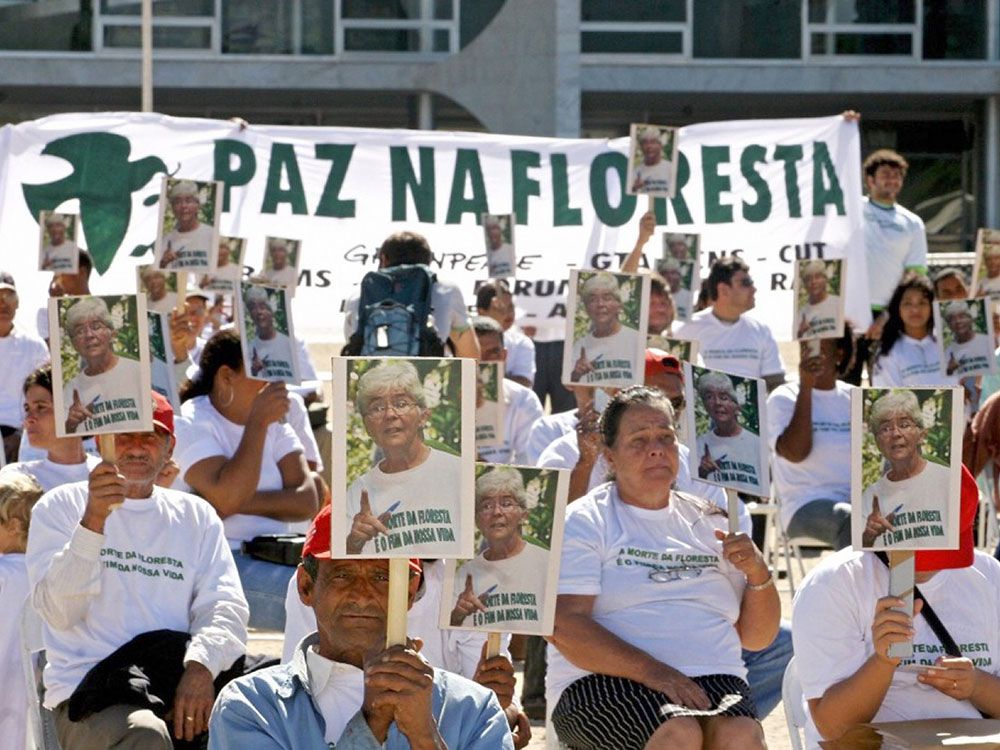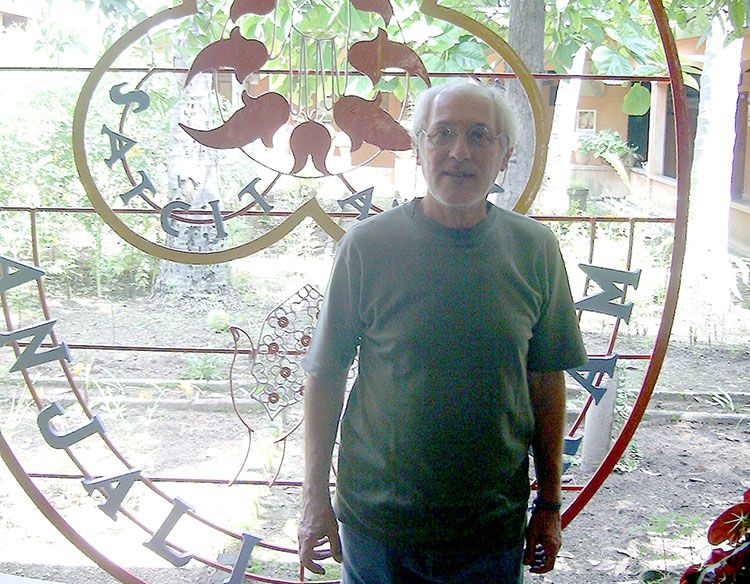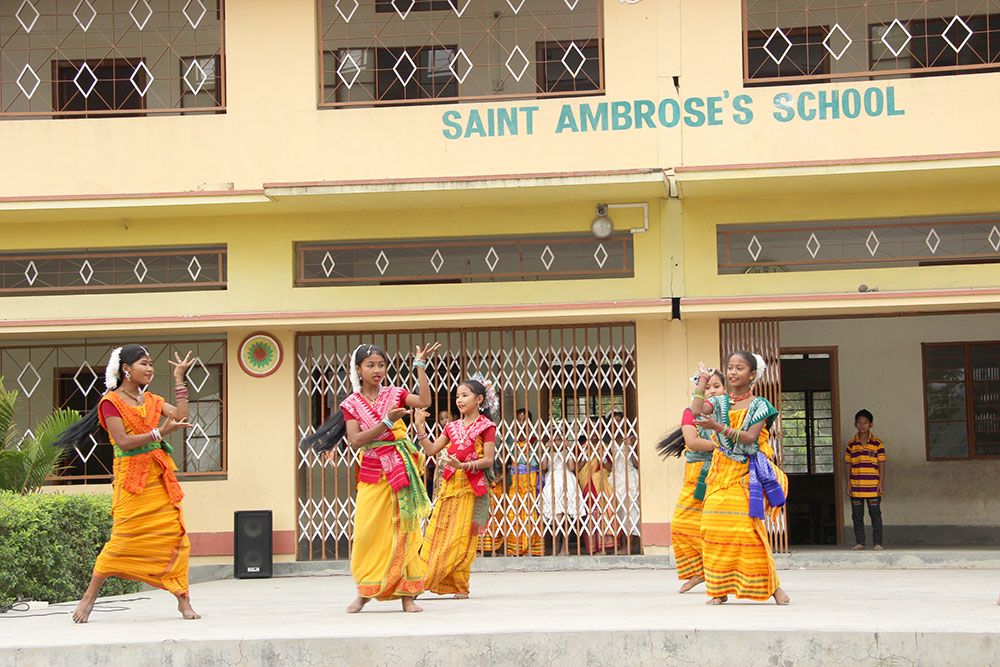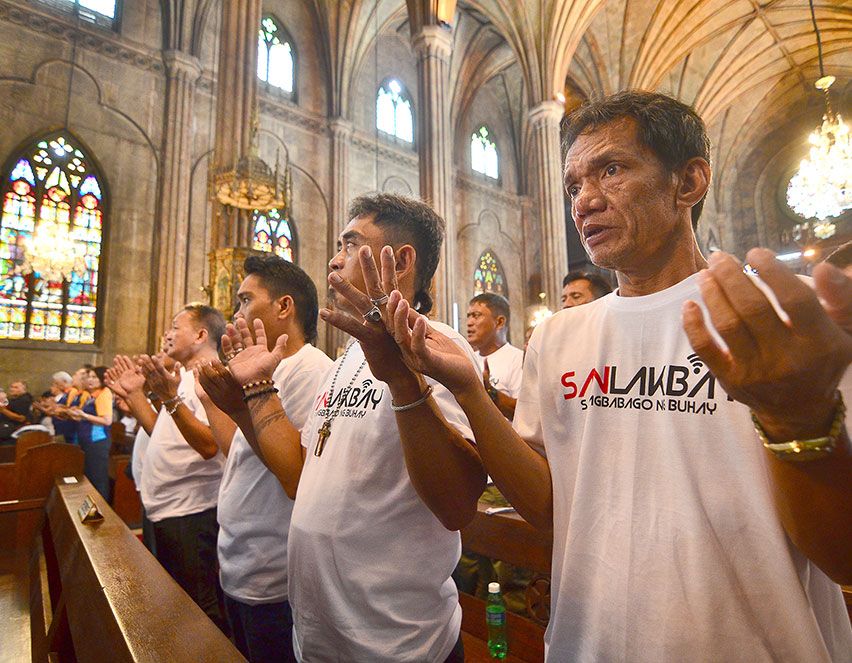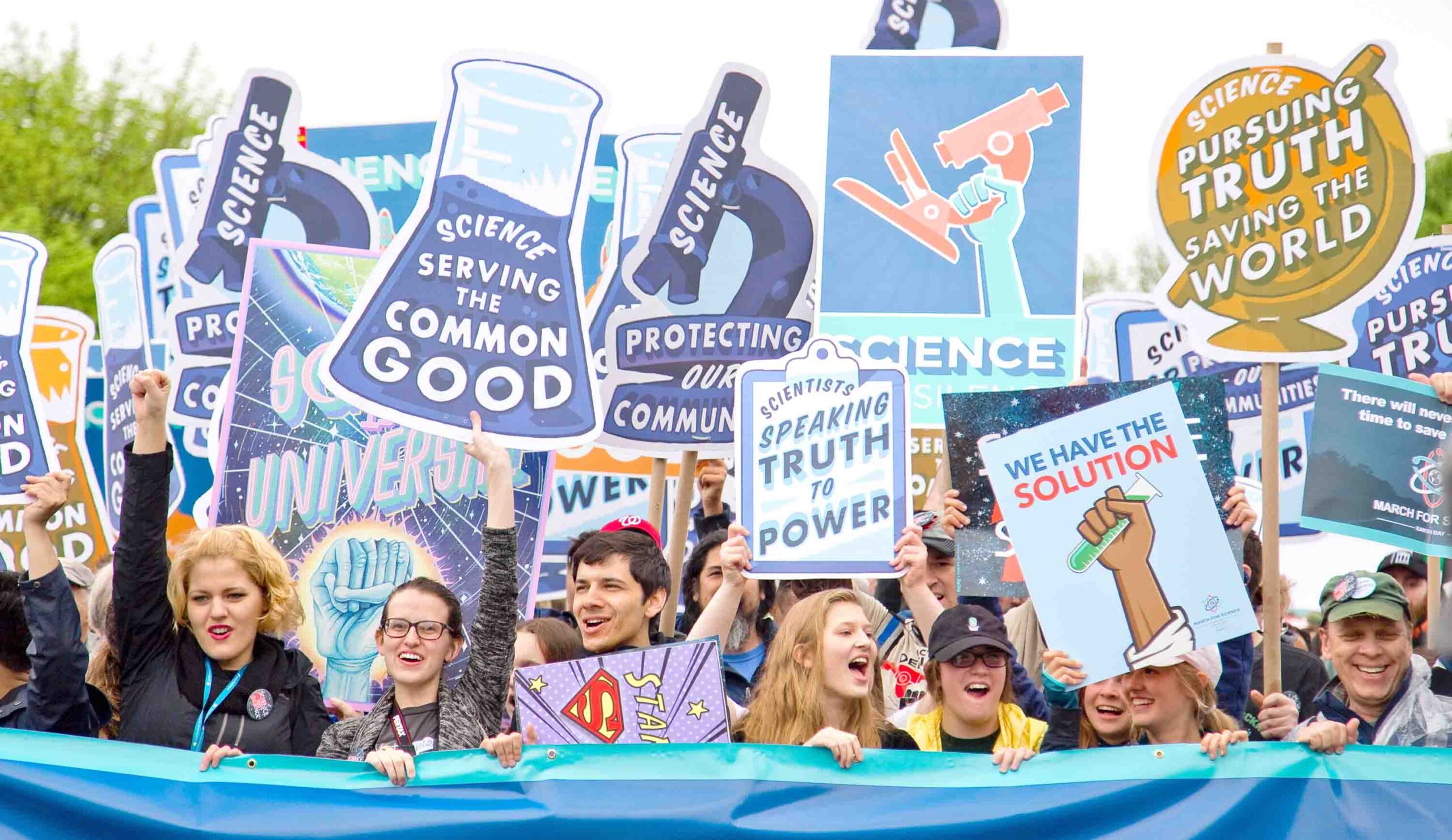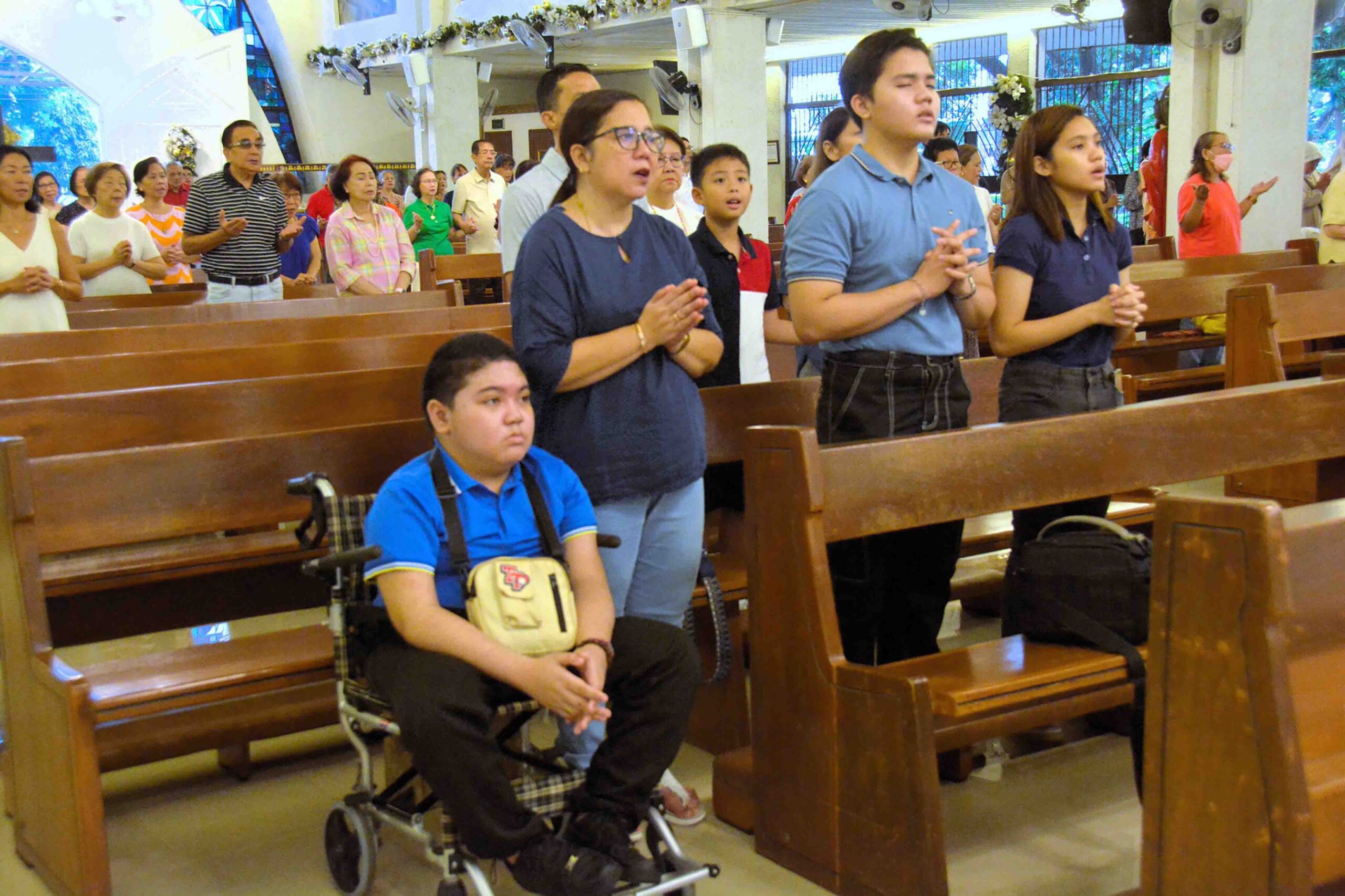Besides being the promoter of Mother Teresa’s cause, what other works relating to her did you do?
I am a member of the Missionaries of Charity, the congregation founded by St. Mother Teresa. I edited the book, Come Be My Light, a collection of her letters and notebooks published in 2007. I was also the editor of a new collection of her writings, A Call to Mercy, published in August this year. This book contains new materials and testimonials by people who knew Mother Teresa personally.
Father Brian, congratulations on the canonization of Mother Teresa. May we talk about her “dark night”? Can you tell us how that first came to light?
Thank God, the Jesuits had the foresight to save those documents! They were mostly from Father [Celeste] Van Exem, her spiritual director in Calcutta during those years of the “inspiration” and, thereafter, with Archbishop Périer, the archbishop of Calcutta who was also a Jesuit, and then the Jesuits who came later – Father [Lawrence] Picachy, Cardinal Picachy and Father [Joseph] Neuner.
We didn’t realize the letters were there until the work of collecting the documents began. When we checked the archives of the Jesuits in Calcutta and the Archbishop’s House in Calcutta, the letters came to light.
These letters became part of the process of the preparation for Mother Teresa’s canonization. It was only a question of time then when they would be revealed – either sooner or later. But one of the nine theologians who looked at the positio – the life, virtues and reputation of her holiness – suggested that they be published. Actually, the archivist of the Calcutta Province used some of them in an article in Review for Religious, and Father Neuner had also written something, using some of them. So I thought the best thing would be to give all of what we had of the letters. So, Come Be My Light has everything, minus one or two letters that came after.
She had never spoken to you about these experiences, is that correct?
That is one thing she never spoke about, and very deliberately. The Sisters, or even I, would ask about the “inspiration” – Sept. 10 [1946] – and she would say nothing. Only if the Pope had asked her would she have said something, in obedience. That was how sacred it was to her. She was a very public person yet she was able to keep this experience hidden.
Father Van Exem had five boxes of materials on Mother Teresa which the latter pressured him to destroy. Today, maybe, she would have thought otherwise.
Thankfully, the Jesuits had the sense to keep those because they reveal a very important part of Mother Teresa’s own holiness and an important aspect of the Missionaries of Charity charism. While we were trying our best to be in solidarity with the materially poorest of the poor, she was saying that the greatest poverty in the world today is to be unloved, unwanted and uncared for. She spoke from her own experience.
Paradoxically, she was so united to Jesus that she could feel His greatest sufferings in the Garden, and the sense of abandonment on the Cross, as the other saints had felt. The unique part of that “darkness” connected to Mother Teresa is this. St. Thérèse’s experience [Thérèse of Lisieux] was more in the context of a trial of faith. In the late 1800s and early 1900s, that was the big question – the meaning of faith and the meaning of atheism. The poverty of being unloved, the feeling of loneliness, which Mother Teresa was experiencing, is also a kind of spiritual poverty.
Could you describe the mystical experiences that led to her ministry?
It all started on Sept. 10, which we call Inspiration Day; we thought of it as a one-day thing, a special call. But we realized that it was only the beginning. Even then, whenever she wrote, she didn’t say precisely what happened on Sept. 10. In that first letter, she only said she was hearing very clearly and distinctly the voice of Jesus, while on a train on Sept. 10 on her way to Darjeeling for a retreat. Even in the months later, in every Sacrament of Communion, she would hear Jesus asking: “Wilt thou refuse?”
That was connected to [an event] that no one had any idea of: four years earlier, she made a private vow to give Jesus anything He would ask or, to say it in another way, not to refuse Him anything. So, especially in the second letter where there is more of a sense of dialogue, the first thing Jesus asks is: “Wilt thou refuse?”
“So, okay,” [Jesus says, in essence], “you told me four years ago you’re going to refuse nothing and now I’m asking you to do this. Are you going to refuse?”
Be careful what you promise Jesus!
Exactly! Exactly!
As you understand it, these locutions were auditory, which is rare in the lives of saints. Is that right?
They were in the imagination. They weren’t external, like an apparition or anything. But they were very clearly and distinctly not part of, say, her morning meditation. Even she called it “the voice.” She said it was very clear, very distinct.
The “dark night” comes rather soon after her ministry began. As far as you know, because it is somewhat unclear in Come Be My Light, did that last until her death? Is that your understanding?
That’s my understanding. There’s one moment that has been recorded in the book – in 1958, when Pius XII died. Like we still do when a pope dies, the bishops held a Mass then for the repose of his soul. At that Mass, Mother Teresa asked for a sign – to know if Jesus is pleased with the work of the Missionaries of Charity. Right at that moment, the “darkness” was lifted from her being. She simply said that Jesus gave Himself to her to the full – although the union, the sweetness of those six months, passed much too soon.
I want to share with you a story and get your reaction. A bishop, who was one of her spiritual advisors, told me the story. He said he was discussing with her dryness in prayer one day, and she was relating how she didn’t feel God’s presence. The two of them were in Calcutta. Just then, a young boy came up and threw his arms around her. And he said to her, “That’s God’s presence, too.” Which brings me to a question I’ve always wanted to ask you. Do you think that, possibly, her early formation, in a sense, encouraged her to give more attention to interior movements over the exterior signs of God’s presence?
That’s a good question. One of the comments she made in one of her letters on her prayer time, reads: “When I’m on the street I can talk to You for hours.” So there is some sense that all these experiences were more on the level of feelings. For example, she said: “I know my mind and my heart bounce back to Jesus.”
So she’s united with Him more by will than, say, by pure faith. She saw all around her the whole work spreading, growing. She was seeing the fruitfulness of it, and the people’s reaction to it. She saw the generosity of those who helped her. So, for her, those must have been God’s presence and God’s work.
So she did see that. On the other hand, I’ve always wondered that, maybe, her mystical experiences early on were so beautiful that she simply craved for them again and again as anybody would.
Strangely, people have asked: “Who were her spiritual directors, and why weren’t they helping her more?” It wasn’t until Father Neuner in 1961 shared with her an insight and said: “This is the spiritual side of your work.” That enlightenment, Father Neuner would say later on, helped her. To be associated with Jesus’ own suffering, interior suffering especially, was painful and difficult but very meaningful. She used to comment that she thought Jesus suffered more in the Garden than His physical suffering on the Cross. Now we have an idea why she was saying that.
Thank God for good spiritual directors.
Right.
For me, all this makes her one of the greatest saints ever because the other saints did great works with the poor but with consolation.
Right.
But, she, with an “empty tank.”
Right. We, who are around her would think it was not easy being Mother Teresa; it could be demanding even. Rest was rare. Even on an airplane, people were approaching her, wanting to talk, asking for a signature or a blessing. And we also say, at least she had a rich inner life that kept her going. Then, we find out the opposite.
It’s astonishing! I like what you said about her being a model for us today. It’s interesting that God had given her the graces that would be needed today and also invited her into the kind of suffering that many people today are suffering from.
We know that saints are made for a particular time, for the time in which they live. That could be one of the reasons why Mother had those experiences including the widespread phenomenon called spiritual poverty. Even if one is materially rich, or belongs to whatever class of life, one experiences loneliness, of seemingly being unwanted and uncared for.
By way of closing, can you tell us what it was like to be with her, what she was like personally and what she meant to you?
Well, I knew her in the last 20 years of her life so I could speak of a more mellow version of Mother Teresa! [Laughs.] At the beginning, she was always very demanding, of her Sisters especially. But what was really striking about her was how motherly she really was. Everyone who knew her, even briefly, would call her Mother without any hesitation because of her maternal presence and ways.
The other was how ordinary a person she was. If you didn’t know how she looked like and you were in the convent, you wouldn’t be able to point her out among the Sisters unless you saw how she would do even the simplest things, like a genuflection or bringing the holy water. She had a special way of doing things. She was a realist saint with her feet on the ground, very practical, and so observant that nothing would go unnoticed by her. She knew what the Sisters ate and did not eat at mealtime, what were said at table, and the mood they were in.
Like a good mother.
Exactly!
What are your feelings about Mother Teresa being a saint?
Humanly speaking, one thing is the sense of satisfaction that this happened after years of working and waiting. But, more importantly, throughout the whole church, Mother Teresa can now be more formally prayed to, open to public veneration, we say. Now her message for our own time will be heard even greater, stronger, more widespread.
The other part of a saint is that he/she prays for us. At the very beginning of Mother Teresa’s book, there is a kind of a mission statement: “If I’m going to be a saint, I’m going to be a saint of darkness, and I’ll be asking from heaven to be the light of those who are in darkness on earth.”
That mission continues. And that will continue even stronger now. www.americamagazine.org









